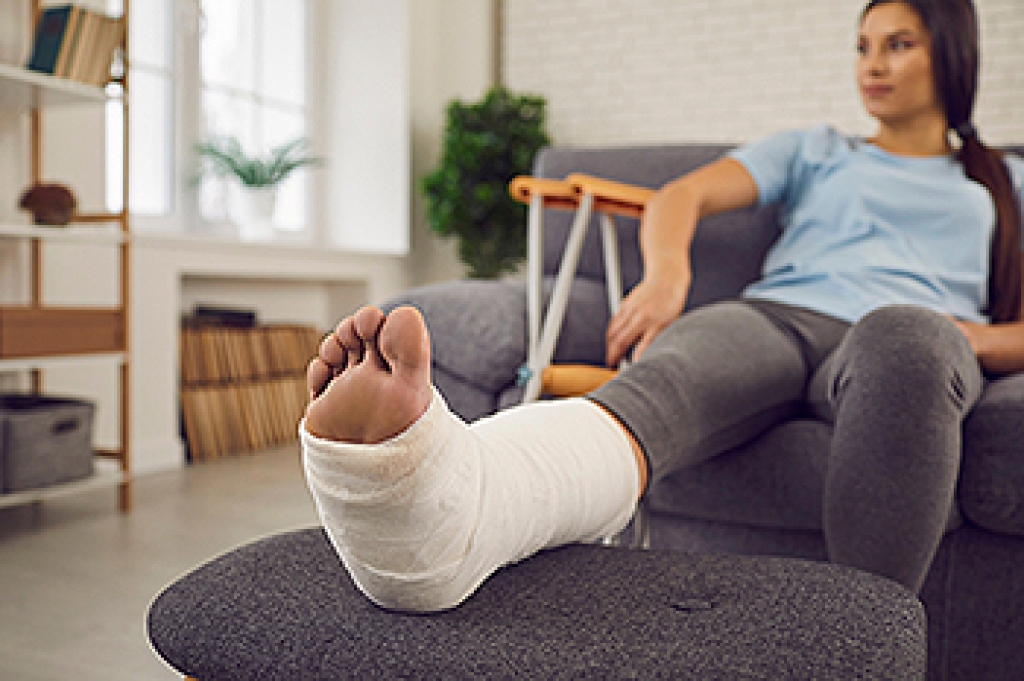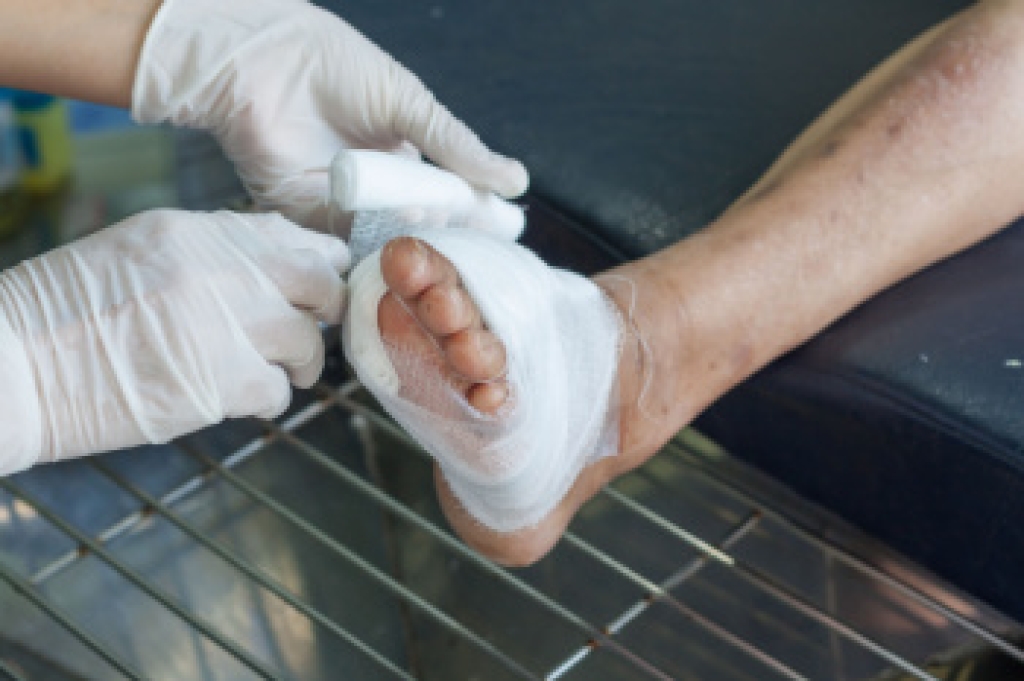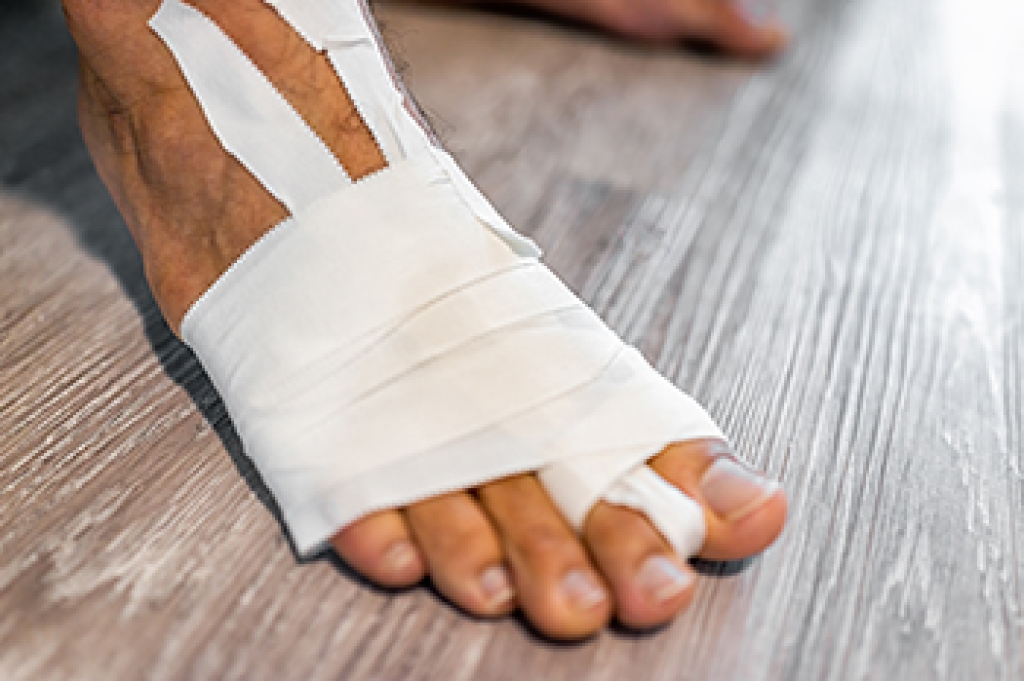
Orthotics play a vital role in managing Achilles tendinopathy by improving foot alignment, reducing strain on the tendon, and promoting efficient movement during walking or running. Custom orthotics are designed to support the arch and heel, which helps decrease tension on the Achilles tendon and allows it to heal more effectively. A podiatrist can assess your gait, identify underlying biomechanical issues, and design orthotics that address your specific needs for pain relief and better mobility. If you are experiencing persistent heel or tendon pain, it is suggested that you schedule an appointment with a podiatrist who can provide early intervention and personalized orthotic care to restore comfort.
Custom orthotics are specialized shoe inserts created to support and align the feet according to each person’s unique structure and walking pattern. They are an effective way to relieve foot discomfort caused by conditions such as flat feet, high arches, plantar fasciitis, bunions, and heel pain. When the natural alignment of the foot is off balance, it can lead to pressure points, strain, and pain that affect how a person stands, walks, and moves. Orthotics work by redistributing weight evenly and supporting the arch to reduce stress on the muscles, tendons, and joints of the feet and lower legs.
Foot discomfort can develop for many reasons, including wearing improper footwear, long hours of standing, repetitive motion, or underlying structural problems. Over time, this discomfort can extend beyond the feet, contributing to knee, hip, or lower back pain. Custom orthotics help correct these issues by improving alignment and promoting more efficient movement. They are made using precise measurements and imaging to ensure the best fit for each patient, providing targeted support and cushioning where it is needed most.
Unlike generic insoles, custom orthotics are durable, medically designed, and tailored to your specific needs. Whether you are managing chronic pain, recovering from an injury, or simply seeking better comfort and stability, orthotics can make a noticeable difference in how your feet feel throughout the day.
If you are experiencing persistent foot discomfort or fatigue, it may be time to have your feet evaluated by a podiatrist. Call our office today for more information or to schedule an appointment.
If you have any questions, please feel free to contact our office located in Wesley Chapel, FL .




